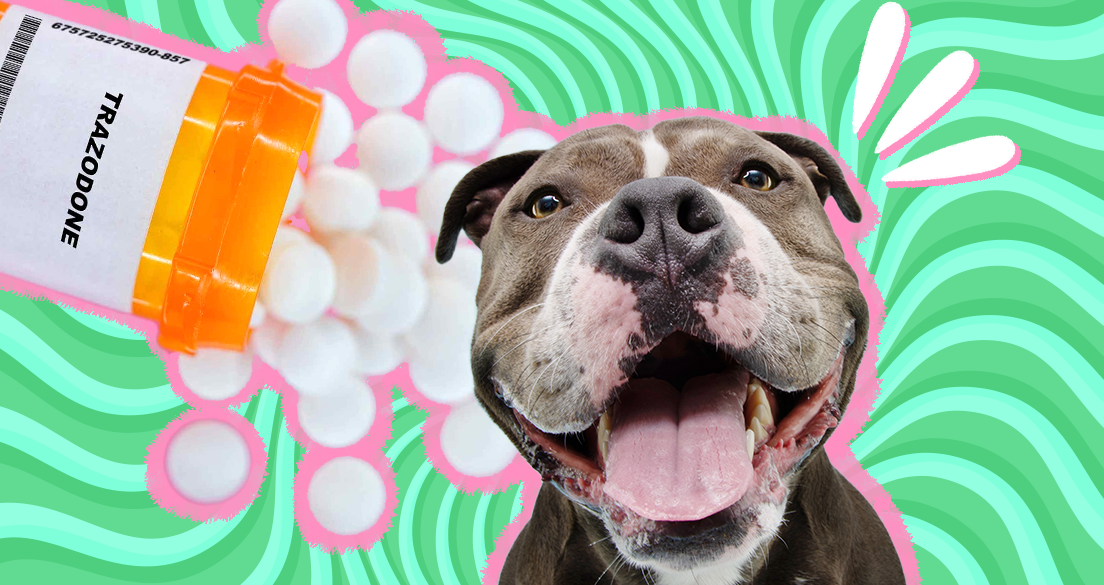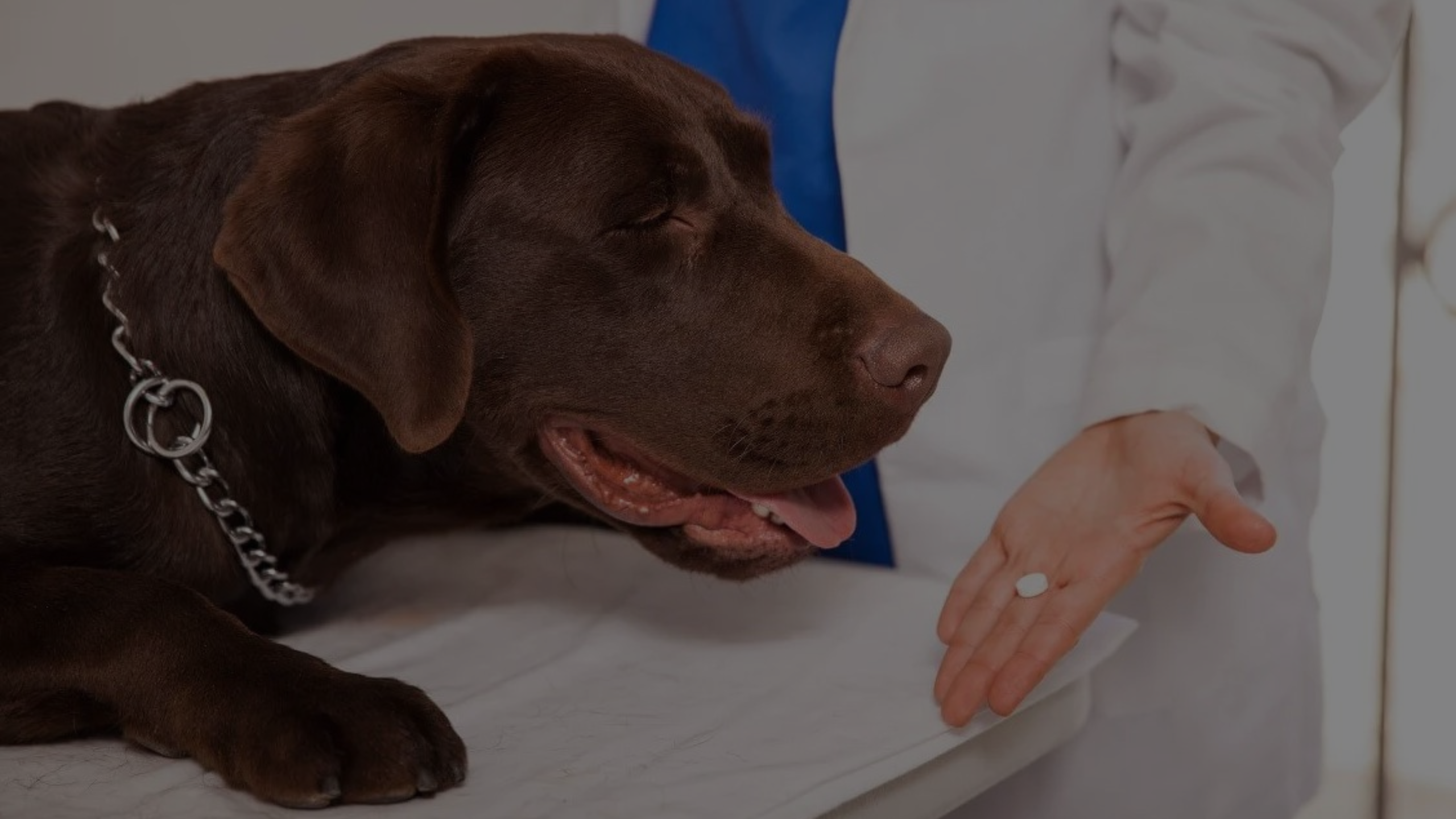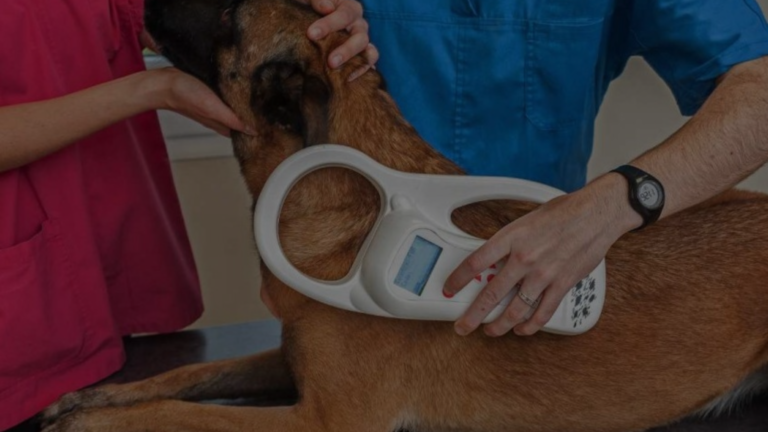Trazodone, an antidepressant medication commonly used in humans, is sometimes prescribed “off-label” for dogs to manage anxiety, separation issues, and sleep problems. While generally safe when administered correctly, concerns about potential harm can arise. Can trazodone kill a dog? This article delves into the complexities of this medication, its impact on canine health, and how to approach its use responsibly.
Understanding Trazodone’s Effects on Dogs
Trazodone works by influencing serotonin and norepinephrine levels in the brain, impacting mood, anxiety, and sleep. While effective in some cases for dogs, understanding its potential side effects is crucial.
Safe Use and Common Side Effects
- When prescribed by a veterinarian and administered at the correct dosage, trazodone is generally well-tolerated by dogs.
- Common side effects include drowsiness, lethargy, and mild digestive issues. These typically resolve within 24 hours.
Potential Risks and Overdose
- Overdosing: Accidentally ingesting too much trazodone, either prescribed medication or through unsupervised access, poses the most significant risk.
- Symptoms of overdose: Excessive drowsiness, vomiting, difficulty breathing, tremors, seizures, and even coma. Immediate veterinary attention is essential.
- Individual sensitivities: Some dogs may be more susceptible to side effects, requiring close monitoring and dosage adjustments.

What Would Happen if a Dog Took Trazodone?
When a dog takes trazodone, the medication works by increasing serotonin levels in their brain, helping them feel calmer and less anxious. This can be beneficial in different situations:
- Reducing Anxiety: Trazodone is commonly used to manage phobias, fear of noises, separation anxiety, and travel anxiety in dogs.
- Curbing Compulsive Behaviors: It can also help address compulsive behaviors and excessive barking that stem from anxiety.
- Promoting Post-Surgery Calmness: After surgery, when dogs need rest, trazodone can help them stay relaxed while confined.
- Long-Term Management: Depending on the case, trazodone can be given daily for several weeks to manage continuous anxiety.
Important Reminders:
- The dose is personalized based on your dog’s size and needs. It usually starts low and increases gradually if needed.
- Trazodone comes in tablets or liquid form and is given orally.

Why is My Dog Shaking After Taking Trazodone?
Several reasons might explain your dog’s shaking after taking trazodone. It could be a natural response to the medication’s sedative effect, a sign of individual sensitivity, due to an incorrect dosage, interactions with other medications, or even an underlying health issue.
Additionally, some dogs simply need time to adjust to the medication. If you’re concerned about your dog’s shaking, it’s crucial to consult your veterinarian to rule out any serious causes and determine the best course of action. Remember, they can assess your dog individually and offer tailored advice to ensure their well-being.

Can Trazodone Kill a Dog?
While extremely rare, trazodone overdose can be fatal for dogs. However, it’s not the direct cause of death. Instead, complications arising from the overdose, such as respiratory failure or seizures, can lead to tragic outcomes.
Factors Influencing Risk:
- Dosage: Exceeding the prescribed amount significantly increases the risk of complications.
- Underlying health conditions: Dogs with liver, kidney, or heart problems are more susceptible to side effects.
- Drug interactions: Trazodone can interact with other medications, amplifying potential risks.

Keeping Your Dog Safe with Trazodone
Responsible pet ownership dictates taking precautions when using any medication, including trazodone. Here are some key steps:
- Consult your veterinarian: Never administer trazodone without veterinary guidance. They will assess your dog’s individual needs and prescribe the appropriate dosage.
- Strictly follow dosage instructions: Administer the exact amount prescribed, at the specified intervals. Never adjust the dosage without consulting your veterinarian.
- Store medication securely: Keep trazodone out of your dog’s reach to prevent accidental ingestion.
- Monitor your dog closely: Observe your dog’s behavior and watch for any concerning side effects. Report them immediately to your veterinarian.
- Consider alternatives: Discuss alternative behavioral management strategies with your veterinarian if your dog experiences significant side effects with trazodone.

Additional Tips
- Gradually introduce trazodone to your dog, starting with a low dose and increasing it based on your veterinarian’s instructions.
- Inform your veterinarian about any other medications your dog is taking to avoid potential interactions.
- If you suspect your dog has overdosed on trazodone, seek immediate veterinary help. Don’t wait for symptoms to worsen.
Conclusion
As a responsible pet owner, understanding the risks and benefits of trazodone empowers you to make informed decisions about your dog’s well-being. Always prioritize veterinary guidance and prioritize your dog’s safety over convenience. By working closely with your veterinarian, you can navigate any concerns and ensure trazodone, if deemed necessary, is used safely and effectively to help your furry friend thrive.
Resources & References
- https://veterinarypartner.vin.com/doc/?id=7756524&pid=19239
- https://www.aspcapro.org/resource/understanding-trazodone-toxicosis
- https://animaldrugsatfda.fda.gov/adafda/views/
- https://www.forbes.com/advisor/ca/pet-insurance/pet-care/trazodone-for-dogs/
- https://www.ncbi.nlm.nih.gov/pmc/articles/PMC4414248/
- https://wagwalking.com/treatment/trazadone
- https://www.ashleytreatment.org/rehab-blog/trazodone-mix-other-drugs/
Disclaimer: This article is for informational purposes only and does not constitute professional veterinary advice. Always consult your veterinarian regarding your dog’s specific needs and medication use.
FAQs About Trazodone and Dog Safety
- Is trazodone safe for all dogs?
Trazodone is generally safe for most dogs when used correctly under veterinary supervision. However, individual sensitivities and underlying health conditions can put certain dogs at higher risk for side effects. Always consult your veterinarian before administering trazodone to your dog.
- What are the signs of trazodone overdose in dogs?
Excessive drowsiness, vomiting, difficulty breathing, tremors, seizures, and coma are all potential signs of trazodone overdose in dogs. If you suspect your dog has overdosed, seek immediate veterinary attention.
- Can trazodone cause long-term health problems in dogs?
When used responsibly under veterinary guidance, trazodone is unlikely to cause long-term health problems in dogs. However, long-term use should be closely monitored by your veterinarian, and potential side effects should be reported promptly.
- Are there any natural alternatives to trazodone for dogs?
Yes, several natural alternatives can help manage anxiety and sleep issues in dogs. These include calming supplements, pheromone diffusers, exercise, and behavior modification techniques. Discuss these options with your veterinarian to determine the best approach for your dog.
- What should I do if my dog accidentally ingests trazodone?
If your dog accidentally ingests trazodone, even a small amount, immediately contact your veterinarian or the ASPCA Animal Poison Control Center at (888) 426-4435. Do not wait for symptoms to develop.
- How can I store trazodone safely to prevent accidental ingestion?
Store trazodone in a secure location, out of reach of your dog and children. Ideally, keep it in a locked cabinet or high shelf. Remember, even small amounts can be harmful, so secure storage is crucial.







